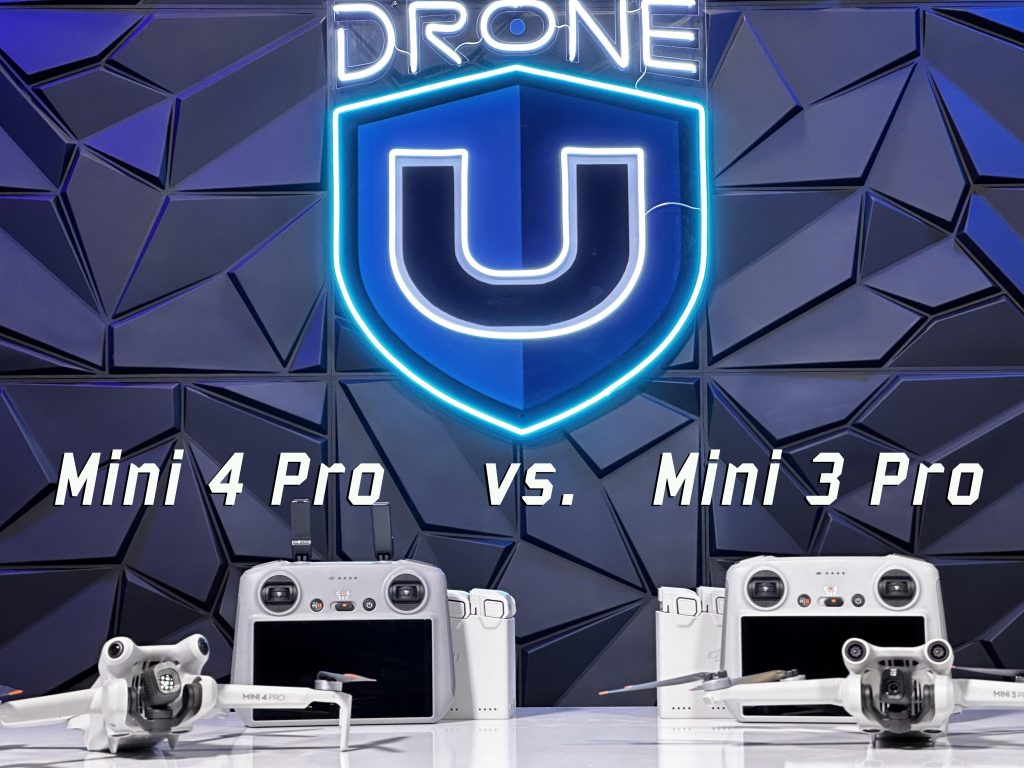
Drones have become essential tools, offering a breathtaking bird’s-eye view of our world. With each new model promising to push the boundaries of aerial photography, choosing the right one can be both exciting and overwhelming.
This is especially true with DJI Mini 3 Pro and Mini 4 Pro.
This guide cuts through the clutter simplifying the often confusing features, capabilities, and subtle differences between these two mean machines.
Let’s begin by looking at the comparison criteria.
The Criteria We Choose to Compare DJI Mini 4 Pro vs. Mini 3 Pro
Our criteria cover a lot of ground, aiming to reflect how you’ll use and enjoy your drone. Here’s a breakdown of the key criteria we’ll be looking at:
1. Design and Portability
The physical footprint and mass of a drone determine its portability and the regulatory category it falls under.
According to the FAA, drones weighing less than 250 grams (0.55 lbs) are exempt from registration requirements.
The build material of a drone directly impacts its durability, weight, and cost.
Here’s a closer look at common materials:
- Plastic: If you’re on a budget, ABS plastic is a better alternative, offering better impact resistance.
- Fiberglass and Carbon Fiber: These materials strike a balance between lightweight and resilience. Thus, providing superior durability and performance.
2. Camera and Imaging Capabilities
Image quality is largely determined by sensor technology and camera technology. Both work hand-in-hand to deliver stunning visuals.
Larger sensors can capture more light, leading to improved low-light performance, dynamic range, and color accuracy. These factors contribute to richer, more vibrant images.
Whereas, advanced camera drones incorporate features like advanced lenses, stabilization systems, and intelligent processing algorithms. These work together to minimize distortions, ensure smooth footage, and enhance the overall image quality.
For image capabilities comparison, we considered the following factors:
- Shutter Speed: A higher Shutter Speed is ideal for capturing fast-moving subjects without blur. Lower Shutter Speed creates motion blur, which can convey a sense of speed or movement.
- Frame Rate: Higher Frame Rates allow for smooth slow-motion playback because more frames capture each moment of action. Standard Frame Rate is sufficient for standard video recording without slow-motion effects.
- Aperture: Aperture refers to the lens’ opening size, controlling the amount of light hitting the sensor. Wider Apertures allow more light in, facilitating low-light photography. The narrower the aperture, the deeper the depth of field will be, resulting in a sharper image.
- Image Stabilization: Image stabilization reduces the blur caused by camera shake during the exposure. It ensures clear images and smooth footage by balancing for movement.
- Resolution: Resolution refers to the number of pixels in an image or video. Higher resolutions provide more detail, allowing for significant cropping without losing quality. Standard Resolutions may suffice for everyday use, social media, or when storage space and processing power are limited.
3. Range
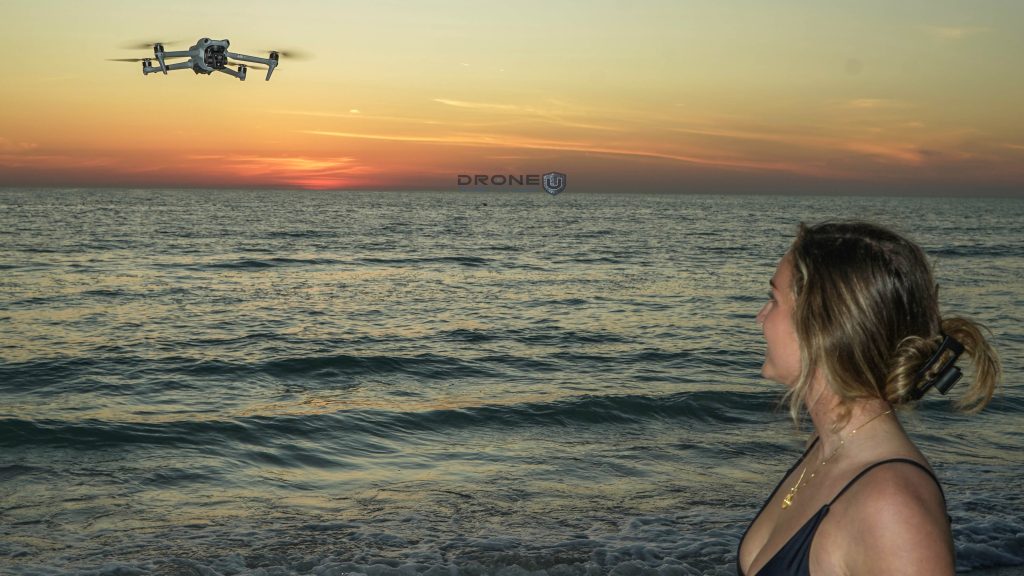
4. Battery and Charging System
The battery and charging system are a critical component of any drone. It determines how long you can fly and how quickly you can get back into the air after a battery depletes.
Additionally, the charging time varies widely between models and is influenced by the charger’s power output and the battery’s capacity. Some drones offer fast-charging capabilities, significantly reducing downtime between flights.
5. Flight Time
A drone’s battery determines its maximum flying time. Longer flight times translate to longer sessions of photography and exploration.
6. Pricing and Value
Finding the “perfect” drone is about more than just features – it’s about fitting your budget and long-term needs.
If a pricier drone offers exceptional performance or unique features that truly matter to you, it might be worth the investment.
However, the cost doesn’t end there. Consider the long-term finances:
- Maintenance: Drones require occasional repairs and replacements. Consider the estimated cost of spare parts and potential repairs.
- Batteries: Drone batteries degrade over time. Consider the cost of additional batteries to keep you flying longer.
- Accessories: Do you need extra propellers, chargers, or other accessories? Add those to your budget.
Let’s dive into comparing these criteria for DJI Mini 3 Pro and Min 4 Pro.
7. The Remote
Find the perfect drone also includes having a remote with a built-in screen. Our phone batteries already deplete fast enough, having a good drone remote with a great battery makes a world of difference when flying any drone adventure.
A great remote will offer at least 10-15 full flights on one single charge. It will also have an easy and seamless remote screen that offers the ability to screen record, work well in high temperatures and offer significant range as we defined above.
DJI Mini 3 Pro vs. Mini 4 Pro Comparison
While the Mini 3 Pro has been a popular choice, the arrival of the Mini 4 Pro promises potential improvements. Let’s delve into what those advancements might be.
1. DJI Mini 3 Pro vs. Mini 4 Pro – Design and Build
| Specification | DJI Mini 3 Pro | DJI Mini 4 Pro |
| Weight | Under 249 gm | Under 249 gm (w/small battery) |
| Dimensions |
Folded: 145×90×62 mm Unfolded: 251×362×70 mm |
Folded:148×94×64 mm Unfolded: 298×373×101 mm |
When it comes to aerial photography with a lightweight drone, the DJI Mini 3 Pro and Mini 4 Pro are the reigning champions. But which one takes the crown for design and build quality?
Let’s find out.
Size and Weight: Both drones fall under the 250g weight limit, making them ideal for travel and hassle-free regulations in various countries. The Mini 4 Pro is slightly larger, with a slightly bulkier body and foldable arms. The Mini 3 Pro boasts a sleeker, more streamlined design with slimmer arms. Mini 3 Pro might feel more compact in your bag. The Mini 3 pro has become, for many, the disposable drone camera.
Materials and Durability: Both drones are constructed with lightweight yet durable plastic material. The Mini 4 Pro utilizes a combination of plastic and metal, while the Mini 3 Pro leans more towards plastic. Both are built to withstand mild bumps and scrapes, but the Mini 4 Pro might offer slightly more sturdiness due to its metal accents.
Folding Mechanism: Both drones fold down for easy portability, but the mechanisms differ. The Mini 3 Pro folds its propellers inwards, potentially offering better protection during transport. The Mini 4 Pro’s propellers fold outwards, requiring additional propeller guards for protection.
2. DJI Mini 3 Pro vs. Mini 4 Pro – Camera Capabilities
| Specification |
DJI Mini 3 Pro |
DJI Mini 4 Pro |
| Sensor |
1/1.3-inch CMOS |
1/1.3-inch CMOS |
| Photo Resolution |
Effective Pixels: 48 MP |
Effective Pixels: 48 MP |
| Video Resolution | 4K: 3840×2160@60fps
2.7K: 2720×1530@60fps FHD: 1920×1080@60fps |
4K: 3840×2160@60/100*fps
FHD: 1920×1080@60/100*/200*fps |
| Photo Format | JPEG/DNG (RAW) | JPEG/DNG (RAW) |
| Video Format | MP4/MOV (H.264/H.265) | MP4 (MPEG-4 AVC/H.264, HEVC/H.265) |
In terms of imaging capabilities, the DJI Mini 3 Pro and Mini 4 Pro stand apart in the world of small drones. Let’s discover which one has the best camera technology.
Camera and Imaging Technology: Both the DJI Mini 3 Pro and Mini 4 Pro are equipped with a 1/1.3” CMOS sensor. They deliver high-quality 48MP stills and 4K video at 60 fps, ensuring vivid details and dynamic range in your footage. HDR is absent from the Mini 3, despite its 4K/60p capability.
Video Quality: The DJI Mini 3 Pro has impressive 4K video at 60 fps quality. Whereas, the Mini 4 Pro offers 4K video at 60 fps quality and enhances these capabilities with HDR video recording and the addition of 4K at 100 fps for superior slow-motion videos. The DJI Mini 4 Pro has a night mode feature that enhances low-light performance, setting a new standard for imaging in compact drones.
3. DJI Mini 3 Pro vs. Mini 4 Pro – Range & Flight Performance
| Specification | DJI Mini 3 Pro | DJI Mini 4 Pro |
| Operating Temperature | -10° to 40° C (14° to 104° F) | -10° to 40° C (14° to 104° F) |
| Wind Resistance | 10.7 m/s (Level 5) | 10.7 m/s |
| Maximum Flight Distance | 18 km (with Intelligent Flight Battery and measured while flying at 43.2 kph in windless conditions)
25 km (with Intelligent Flight Battery Plus and measured while flying at 43.2 kph in windless conditions) |
18 km (with Intelligent Flight Battery and measured while flying at 40.7 kph in a windless environment at 20 meters above sea level)
25 km (with Intelligent Flight Battery Plus and measured while flying at 44.3 kph in a windless environment at 20 meters above sea level) |
With the DJI Mini 3 Pro and Mini 4 Pro, DJI is committed to enhancing the piloting experience, but which drone offers better agility, stability, and overall performance?
Range: Mini 3 Pro is engineered to maximize aerial time. The OcuSync 3.0 technology enables stable and reliable long-distance transmission up to 12 km.
DJI Mini 4 Pro provides an edge over its predecessor with its ActiveTrack 360° technology. The O4 transmission system allows up to 20 km of reliable range. Thus, providing a better range.
Obstacle Avoidance System: The Mini 3 Pro features a tri-directional obstacle-sensing system. This system covers forward, backward, and downward directions. Whereas, the Mini 4 Pro has an upgraded omnidirectional sensor system. That enhances flight safety by detecting obstacles and aiding in navigation.
4. DJI Mini 3 Pro vs. Mini 4 Pro – Battery and Charging
| Specification | DJI Mini 3 Pro | DJI Mini 4 Pro |
| Flight Time | 34 mins (with Intelligent Flight Battery)
47 mins (with Intelligent Flight Battery Plus) |
34 minutes (with Intelligent Flight Battery)
45 minutes (with Intelligent Flight Battery Plus) |
| Obstacle Sensing | Tridirectional (Forward, backward, and downward) | Omnidirectional |
Battery life and charging efficiency are crucial for uninterrupted flying. Both the DJI Mini 3 Pro and Mini 4 Pro aim to keep you flying longer with less downtime. How do their battery performances compare?
5. DJI Mini 3 Pro vs. Mini 4 Pro – Flight Time
Battery Life: Mini 3 Pro features intelligent battery management for its 34-minute flight time. Also, an optional larger battery that extends flight time to 47 minutes.
You can fly the Mini 4 Pro for up to 34 minutes with an extendable battery life of 45 minutes.
6. DJI Mini 3 Pro vs. Mini 4 Pro – Pricing and Packages
| Specification | DJI Mini 3 Pro | DJI Mini 4 Pro |
| Price | $599 | $759 |
Pricing and the variety of available packages play a significant role in choosing the right drone for your aerial photography needs. Let’s explore how DJI Mini 3 Pro and Mini 4 Pro stack up in terms of value for money and the options available.
Price Range: The Mini 3 Pro comes at a reasonable price point within the compact drone market. This reflects its advanced features and capabilities within the price range. The Mini 4 Pro becomes pricey to its predecessor. It falls beyond the price range in comparison to the advantages it brings along.
Combo Offer: Both DJI Mini 3 Pro and Mini 4 Pro are offered in various packages. DJI Mini 3 Pro comes with or without the DJI RC N-1 remote controller and bundles that include additional batteries and accessories.
You can purchase the Mini 4 Pro model with or without the DJI RC-2 OR DJI RC N-2 remote controller and other accessories offered.
Now let’s focus on the pros and cons of Mini 3 Pro and Mini 4 Pro.
Pros of DJI Mini 3 Pro vs. DJI Mini 4 Pro
The following are the pros of both models:
|
Pros of DJI Mini 3 Pro |
Pros of DJI Mini 4 Pro |
| 1. The Mini 3 Pro is more sleeker, making it highly portable. | 1. The Mini 4 Pro offers great 4K footage at 100 fps. |
| 2. It has a 1/1.3-inch sensor capable of 48MP photos and 4K video at 60fps. (better native color than m4p) | 2. It comes with omnidirectional obstacle sensors. |
| 3. It weighs less than 249 grams, making it regulation-friendly. | 3. The Mini 4 Pro offers night mode for clearer low-light shots. |
Cons of DJI Mini 3 Pro vs. DJI Mini 4 Pro
Here are the cons of both models:
|
Cons of DJI Mini 3 Pro |
Cons of DJI Mini 4 Pro |
| 1. It has Tri-directional obstacle sensing. | 1. Mini 4 Pro has only one focal length – not great for dynamic shots. |
| 2. Low-light shots can’t be captured well with it. | 2. Not great for shooting in strong winds <20mph |
| 3. Need a good set of lens filters to get the most out of the camera. | 3. Expensive in comparison to the Mini 3 Pro. |
Closing Thoughts
Choosing between the DJI Mini 3 Pro and the newer Mini 4 Pro can be tricky. Let’s break down the key factors to help you pick the perfect one:
Tech Enthusiast: If you prioritize cutting-edge features and crave a dramatic technological leap, the Mini 3 Pro might be your perfect companion.
Professional Pilots: If you need professional-grade image quality and low-light performance, the Mini 4 Pro might be worth considering.
Budget-conscious: If affordability is a key factor and you’re satisfied with the Mini 3 Pro’s solid performance, then sticking with it is a wise choice.
Ultimately, the choice depends on your needs and budget.
Mini 3 Pro: Ideal for casual enthusiasts, hobbyists, and those on a budget.
Mini 4 Pro: Suits professionals and those seeking top-notch image quality and low-light performance.
Conclusion
The DJI Mini 3 Pro and Mini 4 Pro showcase the exciting advancements in the DJI Mini series. While both offer impressive features, they cater to different needs.
For stunning visuals, the Mini 4 Pro shines with its higher resolution camera, smoother 4K HDR video, and night videography
However, the Mini 3 Pro remains a powerful option with its strengths. Its lighter weight and slightly lower price might appeal to budget-conscious users or those wanting a more portable drone.
No matter which one you choose, both the Mini 3 Pro and Mini 4 Pro represent cutting-edge technology and innovation in the drone industry.
Frequently Asked Questions
Q1. What is a good flight time for drones under the 250 category?
A good flight time for a mini drone ranges from 25 to 30 minutes. However, flight times can vary widely based on the drone model and usage conditions. For extended use, consider purchasing additional batteries.
Q2. Does the Mini 4 Pro offer better obstacle avoidance than the Mini 3 Pro?
The Mini 4 Pro features advanced omnidirectional obstacle avoidance technology. This offers pilots a more secure flying experience.
Q3. Does the price of Mini 4 Pro justify its technological changes?
Deciding whether to get the Mini 4 Pro or stick with the Mini 3 Pro is up to you. But if you look at how technology is getting better and the new features added, the Mini 4 Pro is more advanced. It does cost more than the Mini 3 Pro, but the price difference doesn’t completely show how much better the Mini 4 Pro is with its upgrades from DJI.


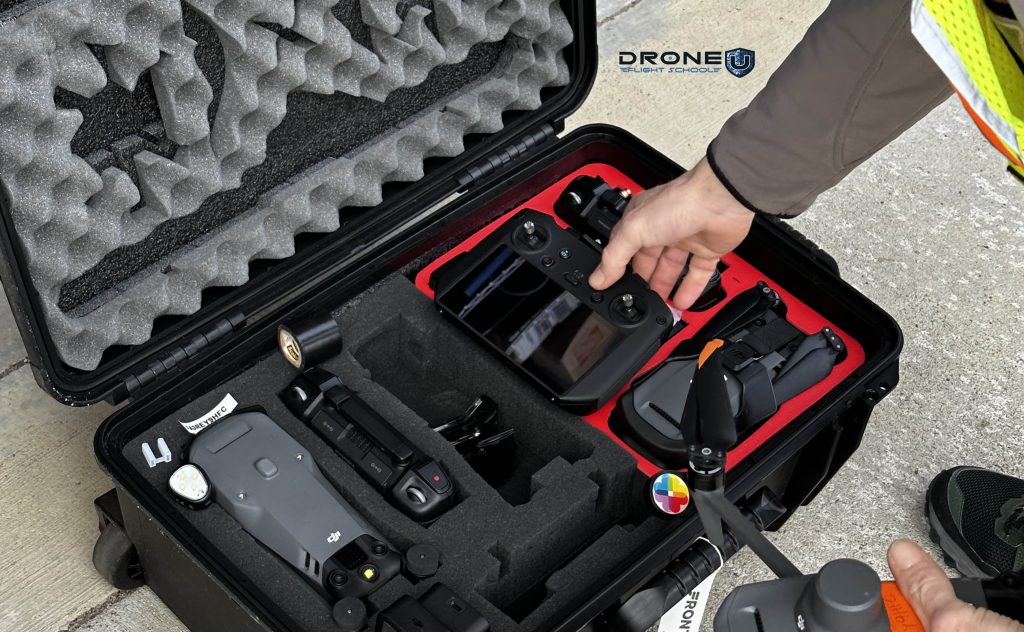
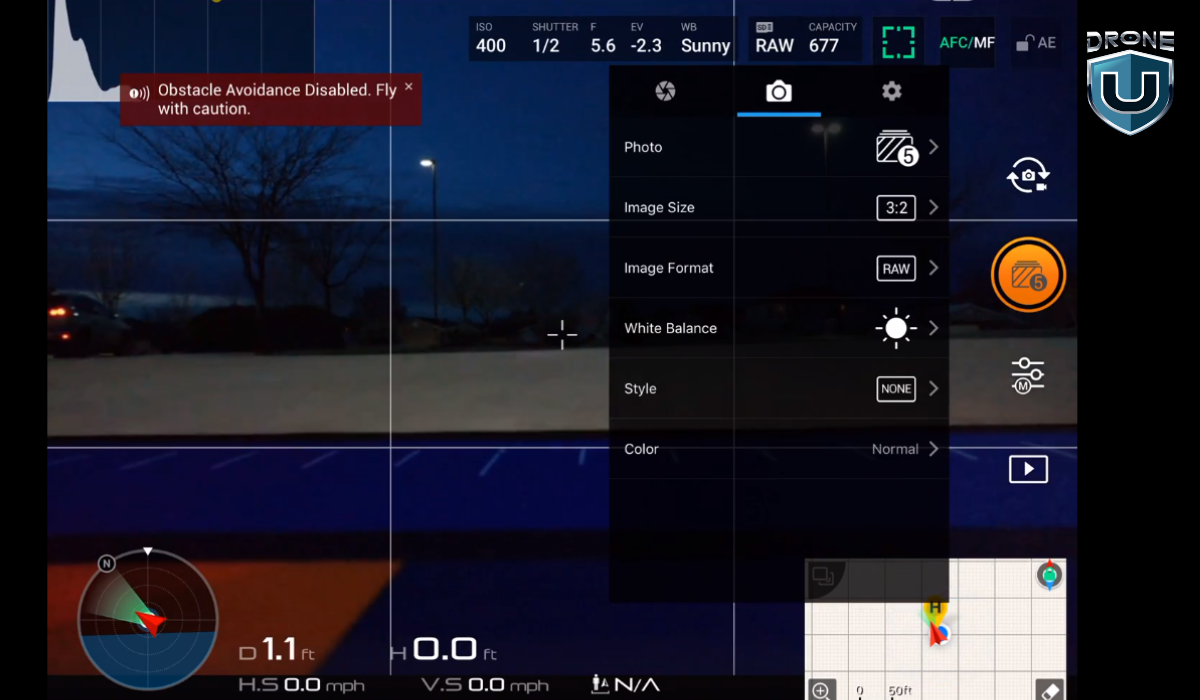

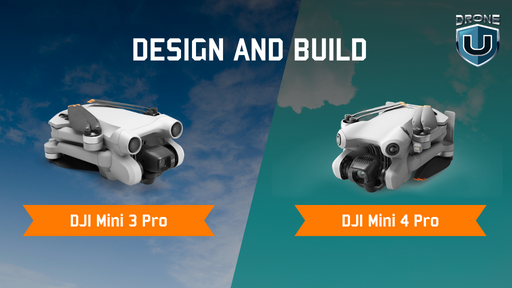
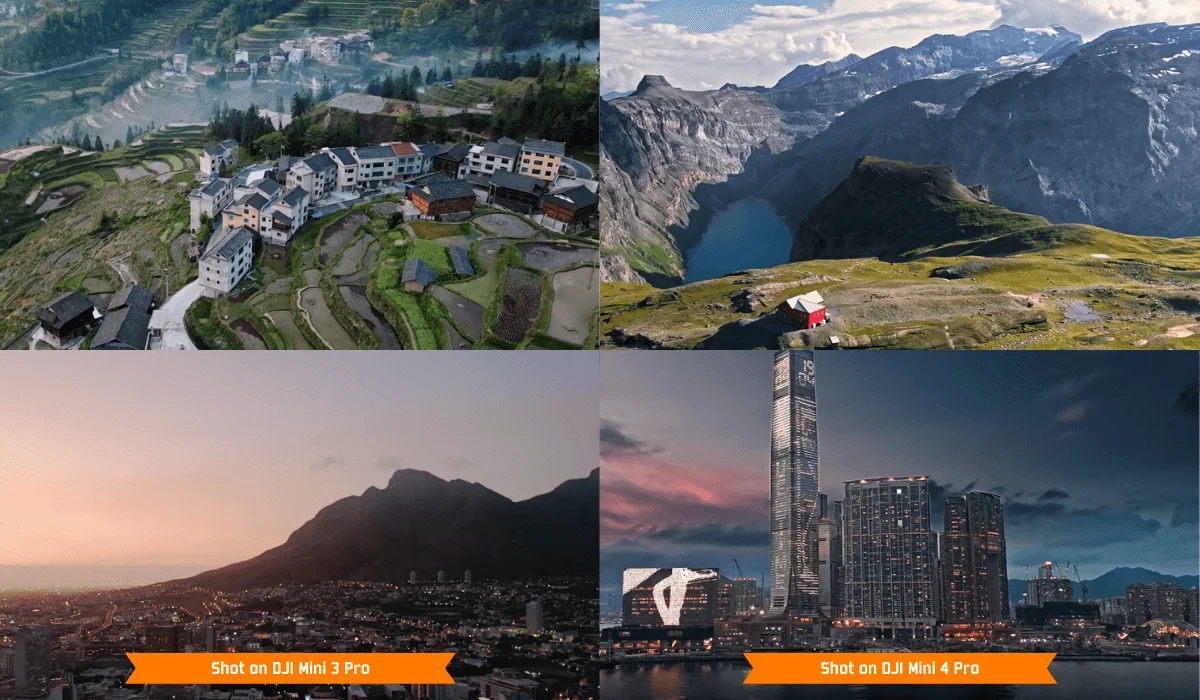
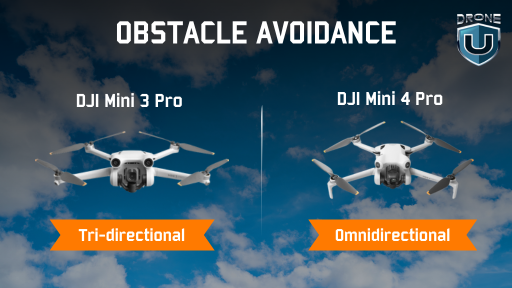
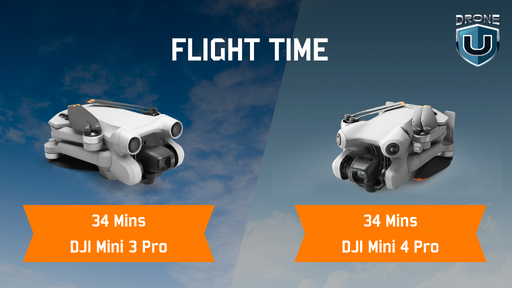
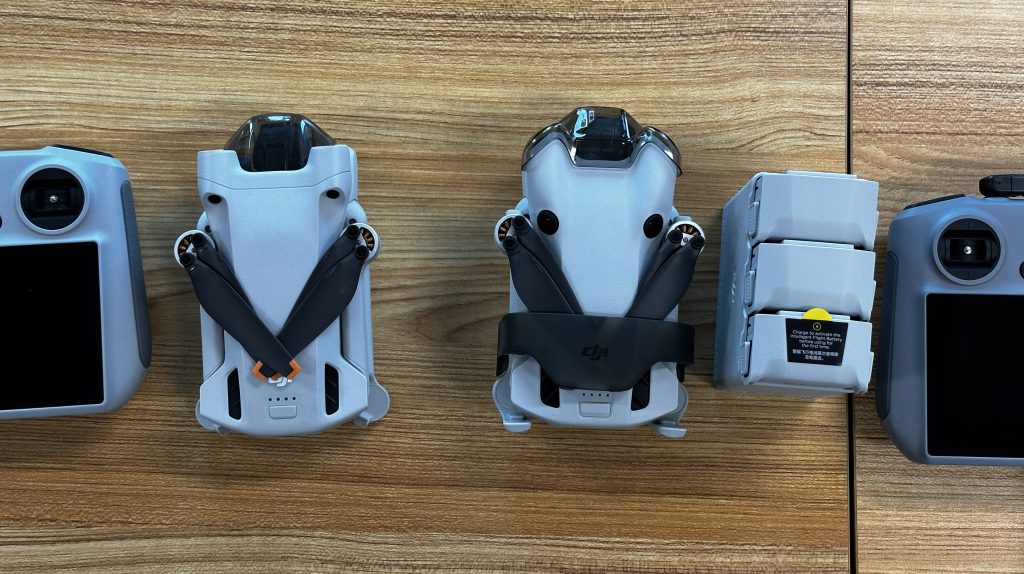
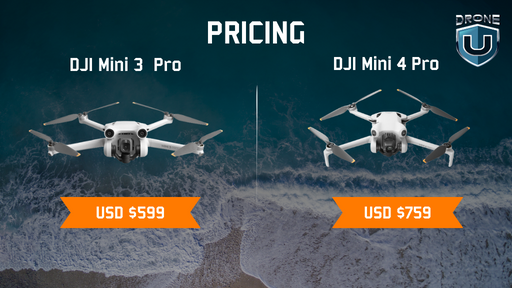

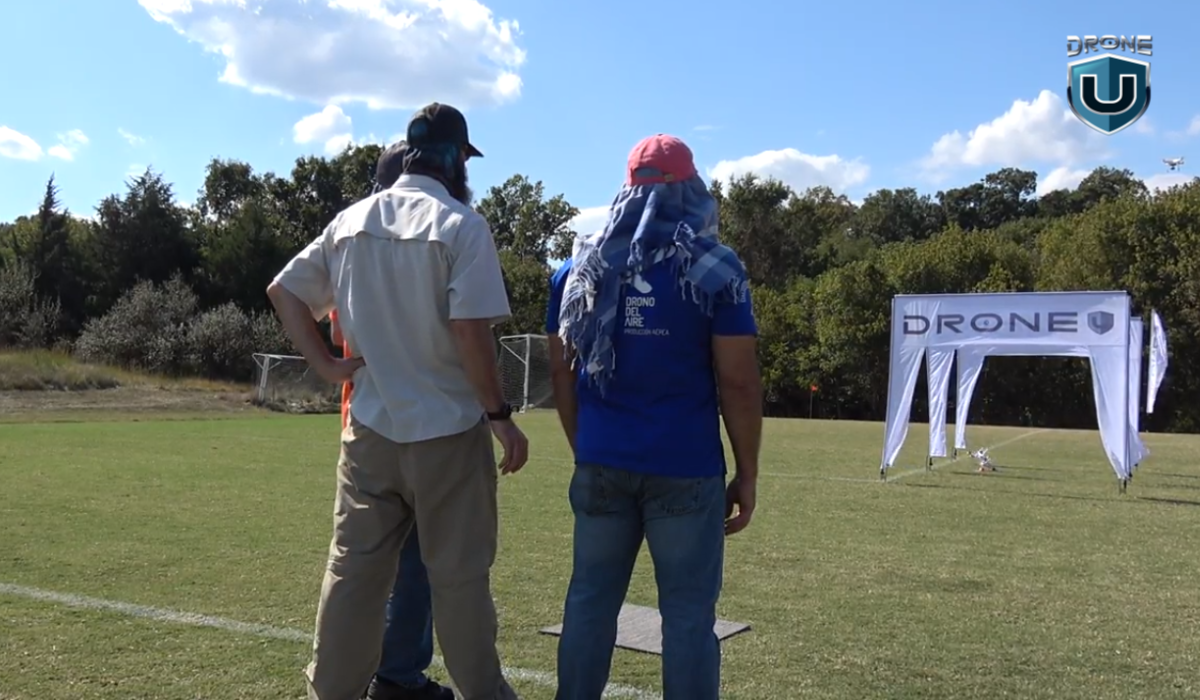

Add Your Comment